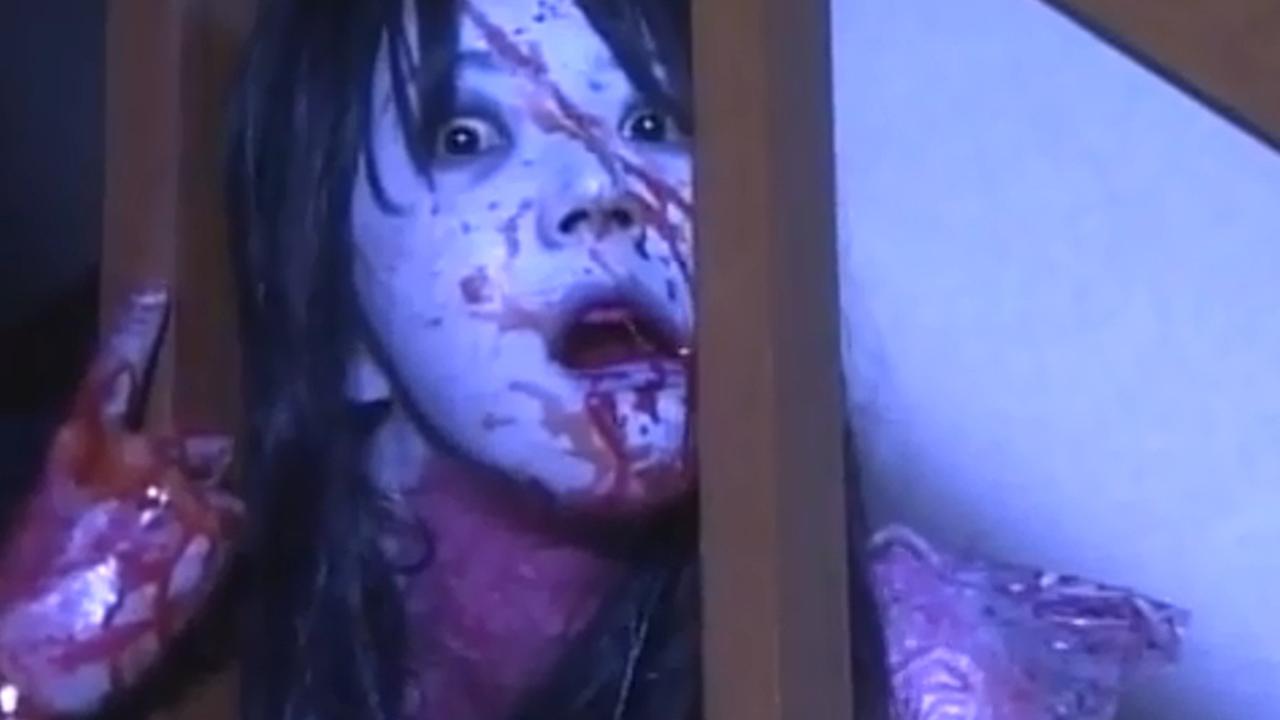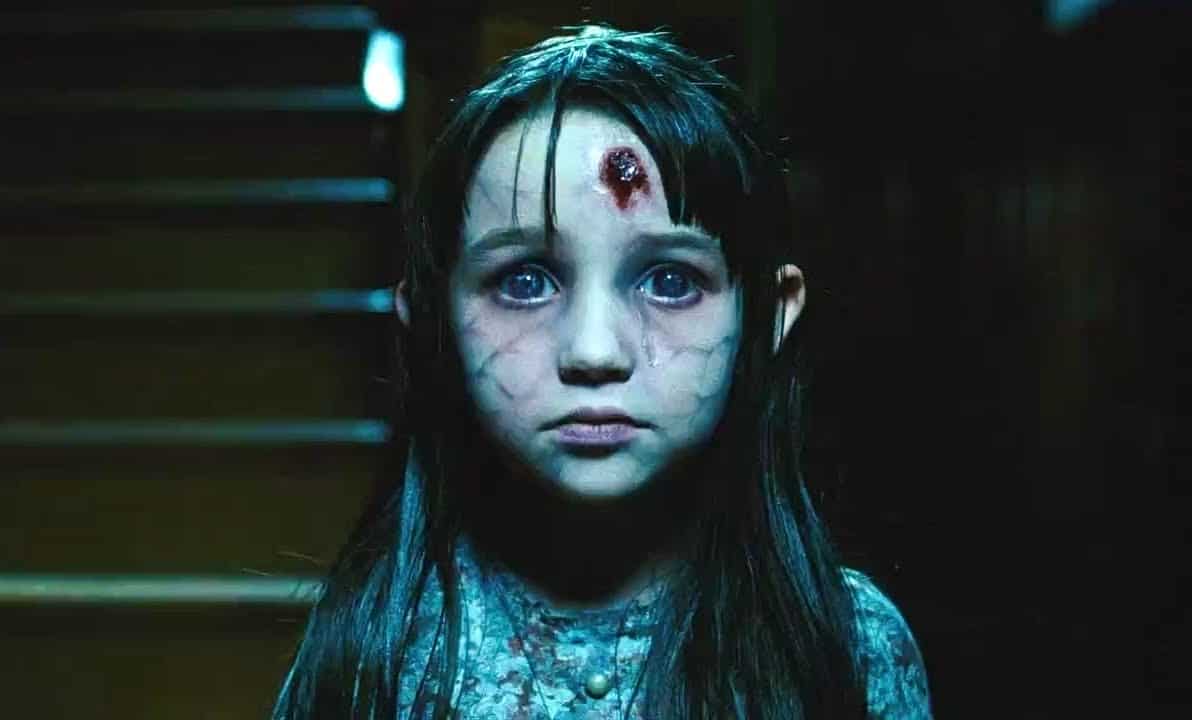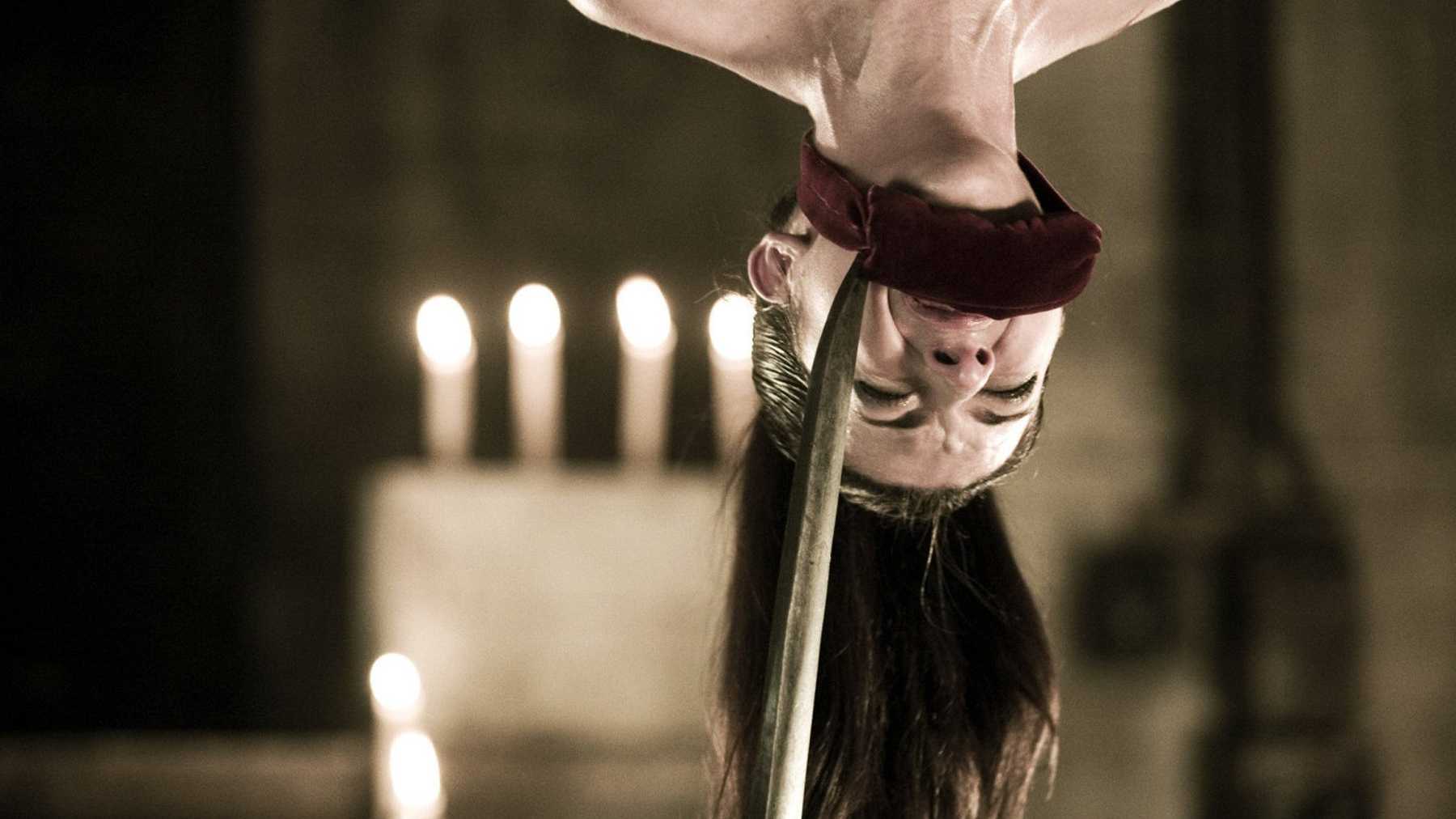The horror genre has existed in cinema for over a century—in other words, horror films have been around about as long as motion pictures themselves. From the earliest horror short films directed by Georges Méliès in the 1890s to the faceted, robust production industry that propels the genre today, horror movies have always served us by enabling us to project our forbidden desires and secret fears while formalistically stretching cultural boundaries. Our Horror Through the Decades series examines definitive qualities of the horror genre in each decade from the 1940s through the 2010s.
This week, Rebecca Saunders breaks down international and business influences on the genre.
Ah, the early days of the new millennium. Between the Y2K problem, the tragic September 11 attacks against the United States, and the War on (of?) Terror that the attacks spawned, fear, uncertainty, and rage attended the birth of the 21st century. This animus is represented nowhere more aptly than in developments of the horror film genre during the 2000s.
As a whole, the film industry in the 2000s was transformed by new technology such as computer animation, the restoration of various genres, and unprecedented international influence in the Western world. The horror genre in the 2000s was, by extension, markedly influenced by a preoccupation with newer franchise series, by foreign horror films, and by the rising popularity of growing subgenres. Most notably, you can thank the 2000s for torture porn and for the rebirth of zombie films as we know them today.
International Influence
In part because of improved global communication as more cultures and populations adopted the use of the internet, international cinema began to have a broader impact on the western world. International horror films also began to rise in global popularity and to influence the types of horror films produced in the United States.
To cite a few examples, Australian horror came to global prominence with Wolf Creek (2005); Scandinavian horror entered the international film scene with the release of films like Dead Snow (2009), Let the Right One In (2008), and Antichrist (2009); and Korean horror, which began to experience a domestic resurgence in the late ‘90s, first became broadly influential with films like A Tale of Two Sisters (2003) and Into the Mirror (2003).
Other countries that didn’t have widespread domestic horror film industries found international audiences. Such examples include Dagon (2001) and The Others (2001) from Spain, Plaga Zombie: Zoma Mutante (2001) from Argentina, and The Tattooist (2007) from New Zealand. Global demand for international horror influenced the cinematic history of many countries, but Japanese horror became the most sought-after films in the industry at this time.

Like Scandinavian horror, Japanese horror was distinctly influenced by Japanese folklore, investing films produced in Japan with unique cultural attributes. The rising popularity of Japanese horror that began in the 1990s, in particular, continued to soar throughout the 2000s. In fact, Japanese films like Dark Water (2002), Ju-On: The Curse (2000), and Ju-On: The Grudge (2002) were remade in the United States just a few years after they were released.
New Franchises and The Age of the Reboot
Speaking of remakes, we can’t talk about 2000s horror without talking about the exhausting prevalence of remakes, reboots, film series, and new franchises in this decade. The United States’ remake of Dark Water was released in 2005, and Ju-On: The Grudge produced the Ju-On Japanese-American franchise comprised of print publications, films, games, and more. The Grudge series films were released between 2004-2009, and the film is being revitalized yet again this year. The 1998 Japanese film Ringu was also remade in the United States with The Ring in 2002.
The production of horror film series and reboots in the United States was not limited to up and coming international horror cinema—far from it! The Saw franchise released six films between 2004-2009, the Final Destination franchise released five films between 2000 and 2011, and the Resident Evil franchise released four films in the 2000s.

Let’s get real. Franchise films are immensely popular and provide viewers with a diegetic universe that we love to immerse ourselves in. However, the standard for industrial motivation to produce these films is not genre development but profit, and something about horror films just keeps audiences begging for a story’s continual retelling. The Paranormal Activity franchise is the most profitable Hollywood franchise, having earned $194 million with the first film’s release in 2007 and $890.417 million across all installments of the series worldwide.
Don’t get me wrong, we all understand the principles of supply and demand, and horror franchises are ready-made for producers to capitalize upon. But from a critical standpoint, how do horror franchises affect the innovation and cultural standards that the genre manifests? (Do we even care?) The production of horror franchise film series in the 2000s is more transparently motivated by profit than were their predecessors in the 1980s, and the same goes for 2000s horror remakes.

While they are immensely popular and keep classic films in the zeitgeist, films like Zack Snyder’s 2004 remake of Dawn of the Dead and Andrew Douglas’s 2005 remake of The Amityville Horror leave a sour taste in the mouths of many lovers of the originals. Then again, remakes that successfully put themselves in conversation with originals, such as the 2009 Friday the 13th reboot, satisfy a sense of nostalgic longing while intertextually developing their relationship with their precedent. Whether you are a fan of these 2000s franchises and remakes of horror classics or you find them tiresome, it is difficult to overlook the impact they had on the development of horror subgenres.
Horror Subgenres in the 2000s
The most notable development of horror subgenres in the 2000s is the emergence of torture porn. Torture porn is conceived of as an evolution of slasher and splatter films in which a glorification or sexualization of gore and mutilation supersedes a film’s narrative elements. The first use of the term “torture porn” is attributed to David Edelstein’s 2006 New York Magazine article “Now Playing at Your Local Multiplex: Torture Porn.” Prominent examples of 2000s torture porn films include the Saw franchise, Eli Roth’s Hostel (2005) and Hostel: Part II (2007), Rob Zombie’s The Devil’s Rejects (2005), The Human Centipede (2009), See No Evil (2006), and The Midnight Meat Train (2008).

Torture porn also has a distinct subset involving cannibalistic, inbred mutant killers such as those found in the Wrong Turn film series (2003-2020) and The Hills Have Eyes 2006 and 2007 reboots, produced by the original director Wes Carpenter. Torture porn is heavily influenced by 2000s industrial standards—we need more gore and more shock factor to outdo ourselves and we need it yesterday! Critics have also pointed to political influences that shaped the torture porn subgenre, such as American pain, fear, and anger in the wake of 9/11.
The supernatural horror films subgenre also regained popularity in the 2000s. Films like Paranormal Activity (2007), The Others (2001), and Darkness Falls (2003) feature new takes on your classic ghost stories. Final Destination films were unique in that death personified became a meticulous and vengeful killer. An American Haunting (2005) highlighted the legend of the Bell Witch, and 30 Days of Night (2007) was a new version of a vampire story. In all, supernatural horror in the 2000s did not rely on the traditional conventions but renewed the subgenre with the expectations and fears of contemporary audiences.

The zombie subgenre became something entirely new in the 2000s. Essentially, this is around the time that zombies transformed from George A. Romero’s initial conception of stumbling, listless ghouls into rabid, nimble creatures that could chase victims down with the speed and agility of a quarterback. Romero’s Dead series actually continued into the 2000s with the releases of Land of the Dead in 2005 and Diary of the Dead in 2007, but these were not the most prominent zombie films of the decade.
28 Days Later (2002), 28 Weeks Later (2007), the Dawn of the Dead 2004 remake, and Quarantine (2008) were much more popular than the twilight films of Romero’s social commentary-laden Dead series that spanned decades. The zombie subgenre in the 2000s was, instead, propelled more by audience expectations, industrial conventions, and contemporary fears about globalization, terrorism, and economic or environmental collapse
Finally, who can forget the unique horror-comedy films of the 2000s? Comedy horror had been and still remains a vital subgenre before and since the 2000s, but comedy horror films parody contemporary issues in ways that are unique to each period. This decade brought us gems like Sean of the Dead (2004) and Zombieland (2009), which openly satirized the burgeoning prevalence of zombie films during this time, American Psycho (2000), the final installment of the Toxic Avenger franchise, and the Scary Movie film series, which transparently targeted the distinct elements of individual 2000s horror films.



